
Brand Update Or Total Rebrand?
Figuring out if your business just needs a little brand refresh or a whole new look is super important for staying on point and really connecting with potential clients.

How To Design The Ultimate Contact Page
ID Studio provides years of insight and the necessary tips and tricks for creating the ultimate contact page for maximum conversions and user engagement.

Web Design Tips for Crafting A High-Converting Service Page
This article provides tips on creating a high-converting service page by focusing on concise information, attention-grabbing headlines, unique selling points, and strong call-to-action triggers.

How To Optimise Your Website For Mobile Users
Several years ago, you might have gotten away with a website that wasn’t 100% mobile-friendly, but that ship has long sailed. Ensuring your website works perfectly across mobile devices is no longer an option - it’s a starting point.

The Best Web Design Tools In 2025 For Agencies And Clients
This article discusses the best web design tools for agencies and clients in 2025, including tools to help with design, AI, SEO, analytics, A/B testing, CRM systems, and project management.

6 No-Code Web Design Platforms For 2025
This article provides an overview of six popular no-code platforms, discussing their features, pricing, and whether they are a suitable choice for your website build.

6 Reasons Why A Start Up Should Use A Web Design Agency
ID Studio highlights 6 reasons why start-ups should use a professional web design agency - covering the importance of first impressions, branding, conversion optimisation, credibility, and ongoing support.

London Web Conferences For 2025
ID Studio provides a comprehensive guide to upcoming web conferences in London for 2025, catering to various professionals in the web design and development industry.

5 Reasons Why Web Design Takes Time
This blog post discusses five reasons why web design takes time and why it's worth the wait for businesses seeking a high-quality and effective website.

Web Design Tips And Best Practices For Multilingual Audiences
This article provides best practices and common mistakes to consider when creating a multilingual website, ensuring a seamless user experience across languages and regions.

Understanding Google Analytics Website Reports
Google Analytics provides essential information that every website owner needs. In this article, ID Studio provides a concise overview of the main reports to pay attention to.

How Reviews, Testimonials, And Case Studies Help Your Website
ID Studio discusses why social proof in the form of reviews, testimonials, and case studies can have a significant positive effect on your website.

Redesign Your Website Without Losing SEO Rankings
Your new website goes live, everything is rosy, and then you notice your SERPs have fallen off a cliff. Read this article to make sure that doesn't happen.

FAQs Clients Have About Website Design
Having run a web design agency for over 25 years, we often get asked the same questions by clients. In this article, we cover the most common FAQs.

Why Laravel Is A Great Choice For Enterprise Web Applications
ID Studio discusses the advantages of using Laravel for enterprise web applications, emphasising its innovation, security, and adaptability.

Creating A Website Brief: What Your Web Design Agency Needs to Know
A well-planned and carefully crafted website brief is an essential first step if you are looking to get a new website developed or an existing website redesigned.

AI Trends And Predictions In Web Design For 2025
ID Studio discussed trends and predictions for AI within the web design industry for 2025.

Why Figma Is The Ultimate Web Design Tool
Discover why Figma is the ultimate tool for web agencies! Figma empowers ID Studio to create stunning designs for web, mobile, and print projects.

Maintaining Your Website
Now your website is live, it is more important than ever to keep it updated and maintained. ID Studio discusses the reasons why and what you need to do to keep your website converting.

An Overview Of Visual Hierarchy In Website Design
This article explores the principles of visual hierarchy in web design and highlights how strategic design choices can drive engagement, enhance usability, and maximise conversions.

How To Perform A Website Audit
Learn how to perform a comprehensive website audit to identify technical issues, improve performance, and optimise your site for better user experience and search engine rankings.

Why Breadcrumbs Are A Great Website Navigation Tool
ID Studio looks into why Breadcrumbs can be a fantastic navigation tool for your website. They can improve UX and provide clear benefits for SEO.

Tips To Reduce Your Website Bounce Rate
A high or rising website bounce rate is cause for concern. We investigate what causes it and how you can address it.

How Many People Does It Take To Create A Website?
Creating a professional website is an intricate process that requires various skills. Let's consider the many different people involved.

Your Brand Is Unique. Your Website Should Be Too
Your brand is unique and tells the world everything about who you are. Don't ruin it with an off-the-shelf template.

What Is Gamification In Web Design?
Gamification in web design has evolved from a trend into a strategic approach for enhancing engagement, loyalty, and growth.

Tips For A Content-Heavy Website
Content-heavy websites need careful planning to ensure users can quickly and efficiently find the information they seek.

Designing Websites That Anyone Can Manage And Update
Making sure your content management system is easy for your employees to update is essential if you want your website to remain fresh and up-to-date.

Why Landing Pages Are Essential For Online Marketing Campaigns
Landing pages are essential for all your online marketing activities and campaigns. This article explains why and how to create landing pages that maximise conversions.

Planning Your Website Structure
Planning your website structure is fundamental to the success of your site. Put the time and effort in now to get it right the first time.

Maximising Website Conversions With Effective Form Design
This article presents effective strategies for improving website form conversions through clever design choices and practical testing techniques.

How To Make The Most Of Your Website 404 Error Page
The 404 error page on a website should ideally not appear, but in reality, you may not have full control over this. We discuss strategies to make the most of it and reengage your visitors.

Integrating Video Content Without Slowing Down Your Website
We discuss the best ways to integrate video content without significantly slowing down your website.

How A Web Design Agency Can Maintain A Steady Workflow
With over 20 years of web design agency experience, we discuss how we maintain a steady workflow.

5 Common Mistakes That Will Damage The Success Of Your Website
We look at 5 common mistakes that stop your website from performing to its full potential.

Should You Have A Blog On Your Website?
Should every website have a blog? We look into the pros and cons of having a blog on your website.

What Causes Slow Website Load Times And How To Fix It
ID Studio looks into the common problem of slow website loading times, what causes it, and how to fix it.

Creating Intuitive Navigation: How to Simplify Your Website’s User Journey
How to create an intuitive, user-friendly website navigation system that helps visitors achieve your business goals.

Is Your Website Hurting Users’ Eyes? The Benefits Of Dark Mode In Web Design.
In this article, we look into using dark mode in website design, the benefits, things to consider, and how best to implement it.

We're Finally Moving Our Domain To idstudio.co.uk
ID Studio is finally moving our domain name to idstudio.co.uk to consolidate our brand.

The A-Z Of Website Design, Part 2
Part 2 of the A-Z of website design discusses more important industry-related topics and finishes this two-part article.

The A-Z Of Website Design, Part 1
We cover the A-Z of website design, discussing the most important industry-related topics.

Why WordPress Websites Need Ongoing Support And Maintenance
WordPress is a very popular content management system and many clients request it. In this article, we discuss why it's critical to maintain and support WordPress websites.

Web Design Tips for Restaurants
In this article, we look at different ways to enhance your restaurant website and increase your client base and sales.

Gaucho Restaurants' Bespoke Web Booking Engine Increases Opt-ins by 1780%.
How ID Studio increased opt-ins for Gaucho Restaurants by 1780% with a bespoke booking engine and OpenTable API integration.

Updating A Tired Looking Website
Is your website in need of a refresh? We discuss the signs to look out for and the different options open to you.

Google SEO Update March 2024, A Brief Guide.
A brief overview for our clients discusses how recent SEO updates from Google can potentially affect your SERPs.

Setting New Standards for Web Design and Development in London
How ID Studio incorporates the latest web design trends to maintain our position as one of London's top web design agencies.

Choosing The Right CMS For Your Website
We look at the different types of content management systems (CMS) you can use on your website.
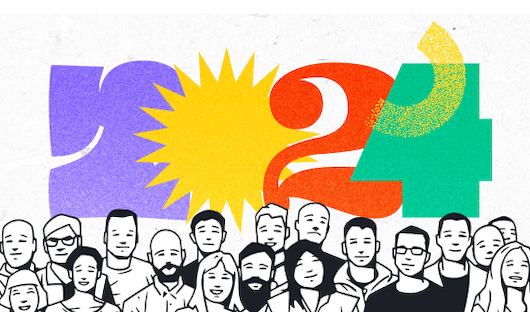
London's Web Design Events and Conferences Roundup 2024
ID Studio will guide you through some of the key London web design events that take place in 2024.

Website SEO Strategies To Help Local London Businesses
SEO guide for London businesses to ensure local customers easily find their websites.

AI In Web Design. Ideas For How AI Can Be Used In Web Applications
Exploring how web developers can use AI within web applications to enhance UX.

What Our Web Agency Has Planned In 2024. New central London office and more
What does ID Studio have planned for our web agency in 2024?

Website Redirects - A Vital Element Of Website Redesign
Why using page redirects is an essential part of a website redesign.

Web Design And SEO - Working Towards The Same Goal
Why web designers need to work in tandem with SEO specialists when planning a website.

Benefits Of A Website Support And Maintenance Agreement
Why you should have a website support and maintenance agreement in place.

6 Reasons Why You Should Redesign Your Website In 2024
How redesigning your website can yield massive benefits.

Should You Choose WooCommerce For Your eCommerce Store?
Is WooCommerce the right eCommerce platform for your website? We discuss the pros, cons and other options.

The Pros & Cons Of Using WordPress CMS For Your Website
Is WordPress the right content management system for your website? We look at the pros and cons.
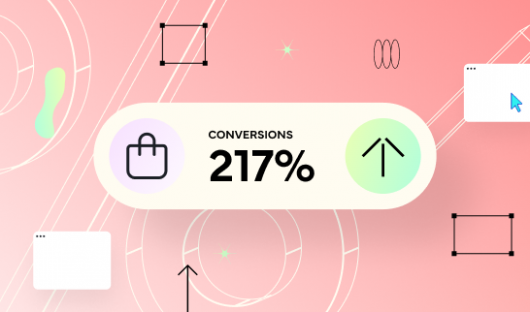
10 Effective Web Design Strategies to Improve Conversion Rates
How to implement effective web design strategies to improve conversion rates.

Web Design Project Management - Insights
Project management in web design is an essential skill for any web design agency.

Benefits Of A Local London Web Design Company
Why it's a good idea to choose a local London web design company to work with.

How To Get A Job At A London Web Design Agency
How to get a job at a web design agency in London - an inside guide.
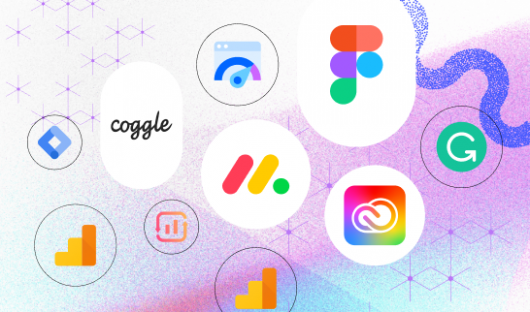
Web Design Agency Toolkit. The Apps We Use.
These are the tools we use in our web design agency on a daily basis.
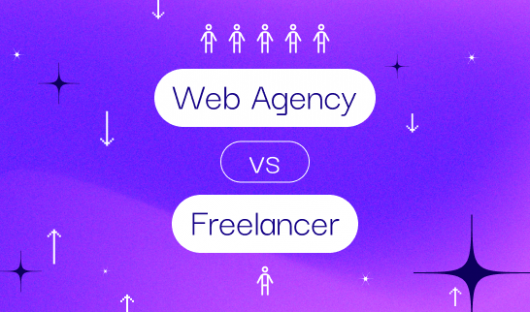
Web Design Agency Or Freelancer?
Choosing a web design agency or freelancer. We cover the pros and cons of both options.

Choosing A Web Agency. 10 Things To Consider.
How to choose a web design agency. What to look out for and questions to ask.

Our Web Design And Development Process.
How we plan our web design and development projects. From wireframes to go live.

Web Design Development Checklist
Some questions to consider before you start your new web design project, with your new web agency. Enjoy our 'web design development checklist infographic', to help guide you.

Banking web design and app development
Banking web design is different and requires a comprehensive and tailored approach.

Video Game Web Design And Development
Web design and development for International video game names by London's leading design agency. What does it take to be a leading website in this massively competitive sector?
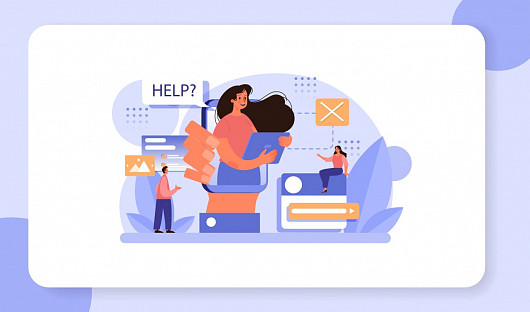
The Importance Of Website Maintenance.
Website maintenance is an ongoing process and vital for your business success. As a web design agency, ID Studio understands the importance of regular website maintenance and the difference it can make for your business. All web designs over time will require maintenance and on a regular basis.

Fashion Website Design
Ideas to create the perfect fashion website that achieves core objectives and creates conversions.

How We Protect Our Laravel Web Applications Against the OWASP Top 10 Security Risks
Barely a week goes by without news about another data breach or largescale attack on a popular website.

Financial web design
Talking through the process of creating a new financial website or revamping an existing one.
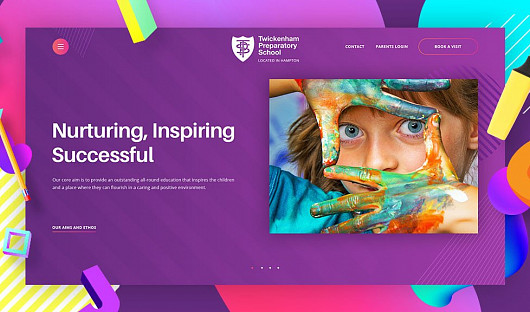
School Web Design
Does your school website look dated, is it underperforming or in need of a redesign?

Theatre Web Design Guide And Techniques
Having recently rebuilt the National Youth Music Theatre (NYMT) website, here are some industry tips.

Blockchain technology in web development
The use of Blockchain in website design and development in one of the hottest topics around at the moment...
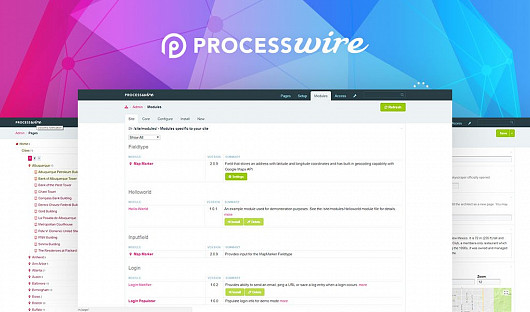
ProcessWire Development London
Thinking about using the opensource ProcessWire framework for your next website CMS?

Fitness Web Design
Are you looking for a fitness industry website design? Here are some guidelines and pointers you might want to consider...

Designing a successful checkout process
There is nothing more annoying than looking at your site's analytics to discover upwards of 65%...
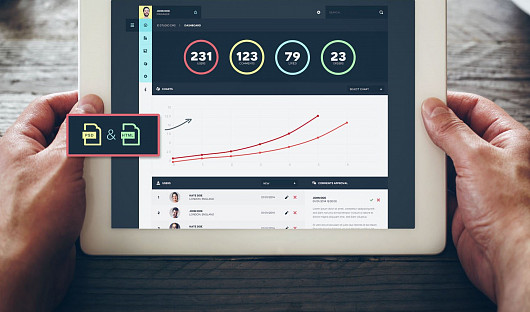
Free Admin Skin - V2
The first free admin skin we released a few years back has been downloaded almost 100,000 times.



